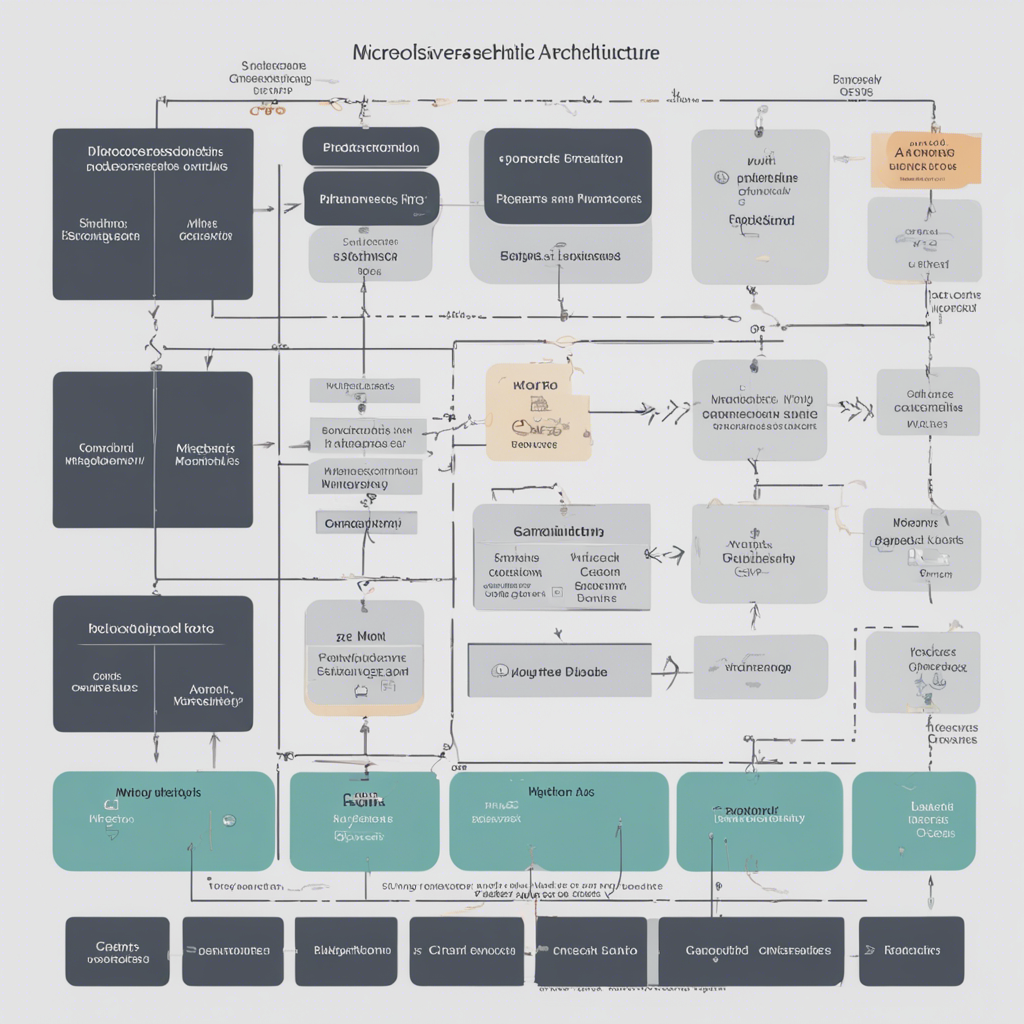
AR vs. VR: Comparing the Technologies
Introduction
In recent years, Augmented Reality (AR) and Virtual Reality (VR) have gained significant attention and are becoming increasingly prevalent in various industries. Both technologies offer immersive experiences, but they differ in their fundamental concepts and applications. In this article, we will delve into the world of AR and VR, comparing their functionalities, advantages, and limitations. We will also discuss their applications across different sectors.
Understanding Augmented Reality (AR)
Augmented Reality refers to the integration of digital information or virtual objects into the real world, thereby enhancing the user’s perception and interaction with their environment. AR devices, such as smartphones, tablets, or smart glasses, overlay computer-generated content onto the real world, providing a composite view of the physical and virtual realms.
AR technology relies on computer vision, object recognition, and tracking algorithms to identify real-world objects and accurately position virtual elements within the user’s field of view. Various apps and platforms, such as Pokémon Go, Snapchat filters, and IKEA Place, have popularized AR among consumers.
Exploring Virtual Reality (VR)
On the other hand, Virtual Reality refers to the creation of a simulated environment that immerses users in a completely digital world, often through the use of a head-mounted display (HMD). VR aims to provide an all-encompassing experience, transporting users to different locations or scenarios, and can be used with controllers or gesture-based systems for interaction.
VR environments are typically created using 3D graphics and can be highly interactive, allowing users to manipulate objects and explore virtual spaces. Virtual Reality presents an opportunity to experience things that may not be possible in the real world, such as simulations for training, architectural walkthroughs, or gaming experiences like the popular Oculus Rift.
Comparing Features and Functionality
Immersion
Both AR and VR offer immersive experiences, but they differ in their level of immersion. VR provides a more complete immersion as users are completely cut off from the physical environment and transported to a virtual world. This level of immersion can be highly effective in simulating real-life experiences and creating a sense of presence.
AR, on the other hand, overlays virtual content onto the real world, allowing users to still see and interact with their physical surroundings. This partial immersion enables users to blend virtual elements seamlessly into their daily lives, making it more suitable for practical applications like navigation, design, and remote assistance.
Interaction and Realism
In terms of interaction, VR typically offers more extensive options. Users can physically move within the virtual environment, interact with objects, and perform actions similar to real-life experiences. VR often provides hand tracking or controller systems to enhance user interactivity and improve the sense of realism.
AR, on the other hand, relies on gesture recognition, voice commands, or touchscreens for interaction. While AR can offer interactive features, the virtual content is superimposed onto the real world, limiting the extent to which users can naturally interact with virtual objects. However, advancements in AR technology, such as the development of hand-tracking capabilities, are bridging the gap and enabling more immersive interactions.
Portability and Accessibility
When it comes to portability and accessibility, AR holds an advantage over VR. AR can be experienced using smartphones or tablets, devices that are widespread and readily available to a large user base. This accessibility has contributed to the popularity of AR-based apps and games.
In contrast, VR typically requires more advanced equipment, such as dedicated headsets, which can be expensive and less portable. However, with the advent of standalone VR headsets like the Oculus Quest, VR is becoming more accessible to a wider range of consumers.
Applications
Both AR and VR have applications across various industries.
AR Applications
AR has found its way into industries such as:
- Gaming and Entertainment: Pokémon Go, for example, introduced AR to millions of players worldwide, combining real-world exploration with virtual creatures.
- Retail and E-commerce: Companies like IKEA leverage AR to allow customers to visualize how furniture would look in their homes before making a purchase.
- Education and Training: AR can enhance learning experiences by overlaying educational content onto real-world objects, such as anatomy lessons or historical site tours.
- Healthcare: AR is breaking new ground in healthcare by aiding in surgical procedures, medical training, or rehabilitation therapy.
VR Applications
VR finds applications in:
- Gaming and Entertainment: VR gaming provides an immersive and captivating experience, allowing players to step into virtual worlds and interact with objects and characters like never before.
- Training and Simulations: VR can be used for job training, such as flight simulations for pilots, medical procedure training, or hazardous environment simulations for firefighters.
- Architecture and Design: VR allows architects and designers to virtually walk through building prototypes and experience the scale and feel of spaces before construction.
- Mental Health and Therapy: VR therapy is gaining recognition as an effective tool to treat phobias, post-traumatic stress disorder (PTSD), and anxiety disorders.
Conclusion
In summary, Augmented Reality (AR) and Virtual Reality (VR) are both exciting technologies that offer immersive experiences. While VR provides complete immersion in a virtual environment, AR overlays virtual content onto the real world, blending digital elements with the physical surroundings. Both technologies have distinct advantages depending on the use case and industry.
AR excels in practical applications, such as navigation, design, and remote assistance, while VR shines in gaming, training simulations, and creating virtual worlds. As technology continues to advance, AR and VR are likely to become even more integral parts of our daily lives, driving innovation across various sectors.
By understanding the differences and applications of AR and VR, we can appreciate the potential they hold to transform how we interact with digital content, learn, and experience the world around us.
References:
- Rekimoto, Jun. “Augmented Reality: A Class of Displays on the Reality-Virtuality Continuum.” Proceedings of the Virtual Reality Annual International Symposium (VRAIS), 1994.
- Steuer, Jonathan. “Defining Virtual Reality: Dimensions Determining Telepresence.” Journal of Communication, vol. 42, no. 4, 1992, pp. 73-94.
- “What is Augmented Reality?” Augmented Reality for Education, AugmentedRealityForEducation.com.
- “What is Virtual Reality and How Does it Work?” VentureBeat, VentureBeat.com.






